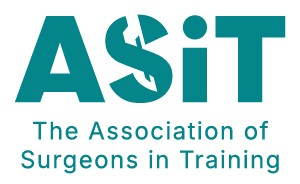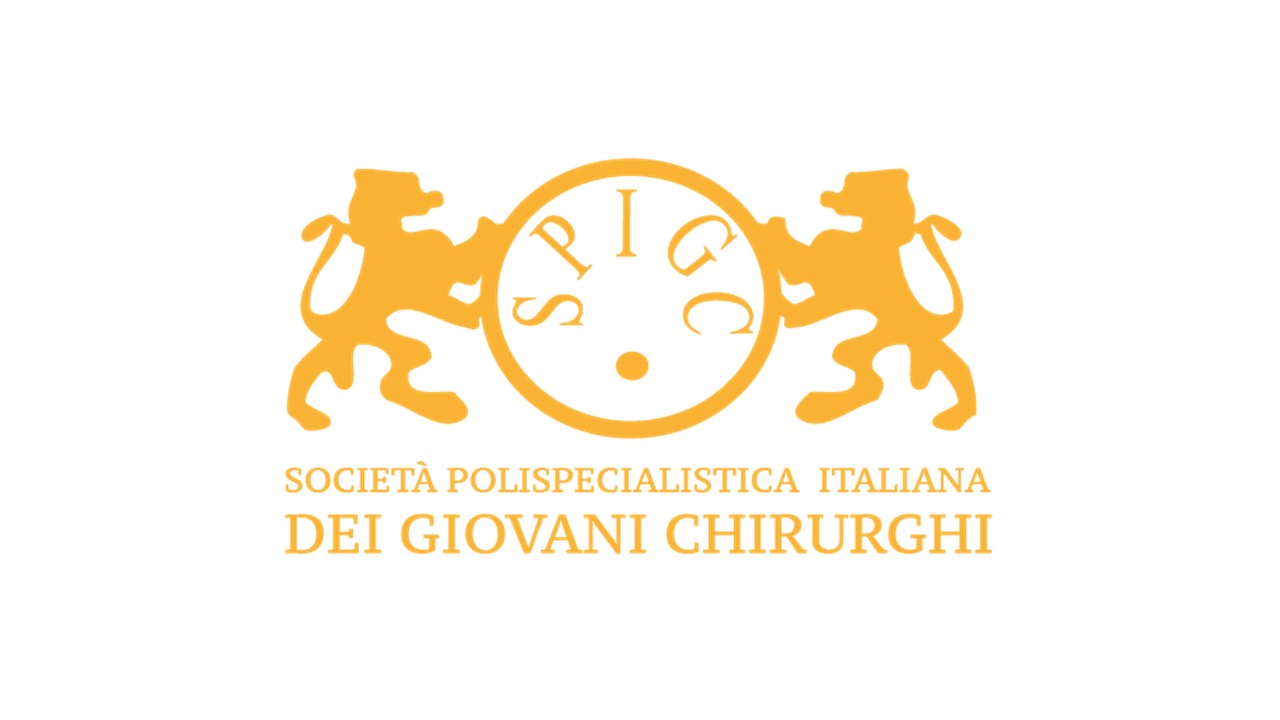BJS Academy>Cutting edge blog>Little Women: Assess...
Little Women: Assessing diversity among consultant paediatric surgeons in the UK: open science, education, and academic achievement
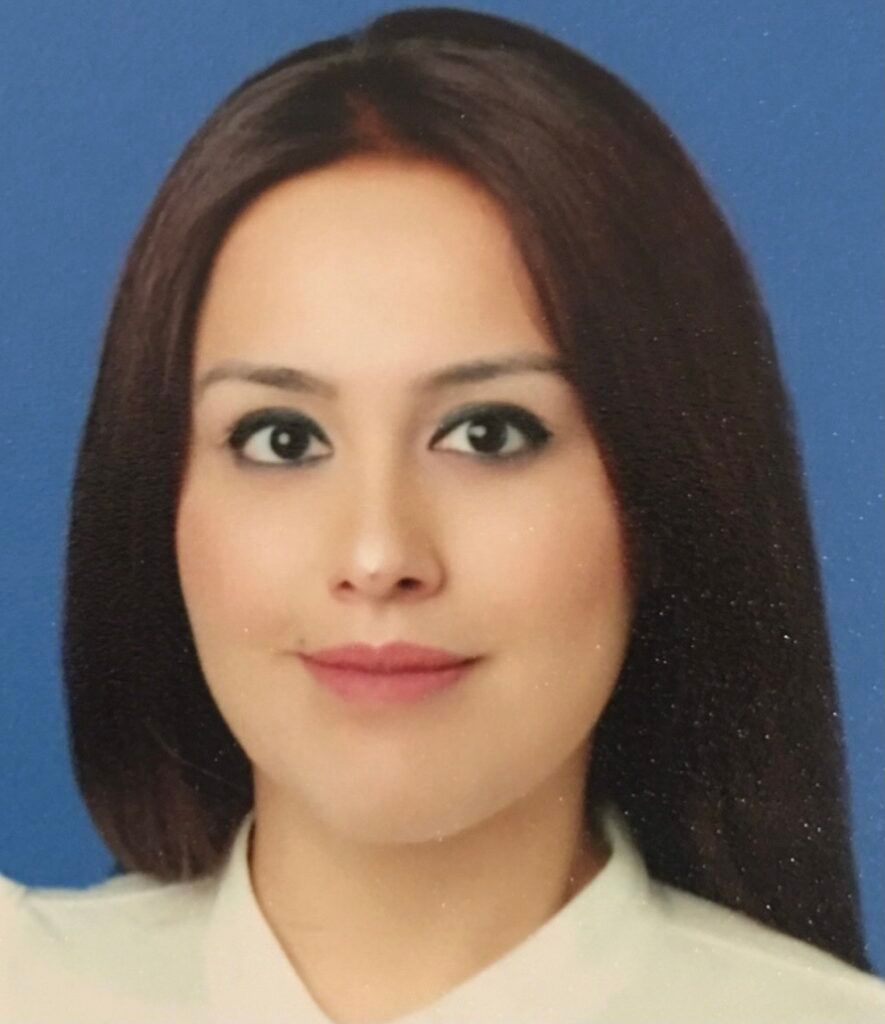
Ameera J M S AlHasan
Chelsea and Westminster Hospital, United Kingdom Jaber Al-Ahmad Hospital, Kuwait
11 November 2024
Guest blog General
Related articles
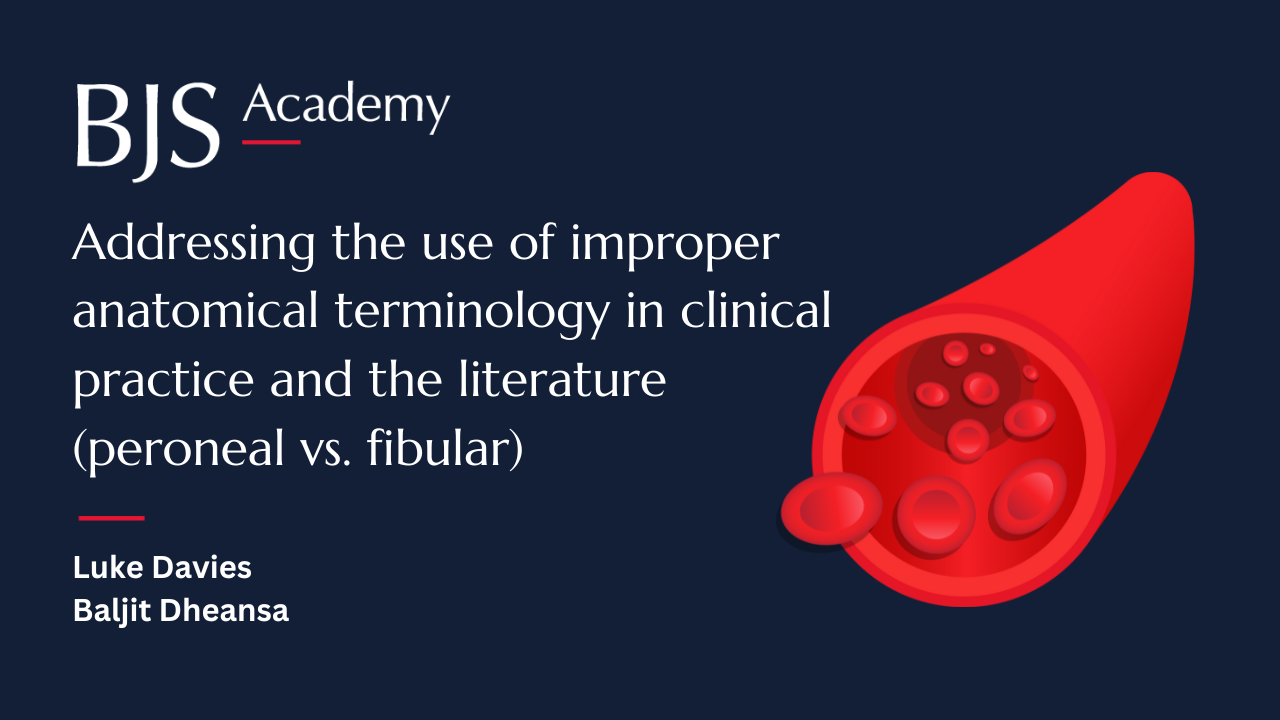
Addressing the use of improper anatomical terminology in clinical practice and the literature (peroneal vs. fibular)
Luke Davies, Baljit Dheansa
Dear Editor
There still exists a disparity between the correct anatomical terminology used in medical educational resources, and that which is used in the clinical environment and surgical journals such as the British Journal of Surgery (BJS).1,2 We wish to highlight this as a problem not only for effective communication between healthcare professionals but also the confusion this can cause for students and doctors sitting important examinations.
Anatomical nomenclature forms the basis of medical language. Consistent and unambiguous terminology is essential in an increasingly globalised world, and is crucial to prevent miscommunication between team members in the clinical environment. However a disconnect persists between the terms used by experienced clinicians, and those endorsed as official by the anatomical community, and therefore taught in educational resources.1,2

On the importance of idle curiosity in research
John C Alverdy MD FACS FSIS
In the book “The Idea Factory,” the CEO of the then monopolized telephone services American Telephone and Telegraph Company (AT&T)) in the US (circa 1880-1930) decided that although the business was highly profitable as a result of the massive laying down of cable across the world, hiring someone who could advance an understanding of how the telephone actually worked was needed. He decided that a more fundamental understanding of electricity and sound would improve the business model and overall telephone services. He hired a physicist from the University of Chicago who was offered a salary of $25,000/year to head up the project. This person was thrilled to just be able to obtain employment, given that a PhD in those days was no guarantee of employment, even when graduating from an elite university.
When the newly appointed physicist asked the CEO “what is my job?” he responded — you are to spend your time in “idle curiosity” so you can think and perform experiments. So began the independently funded and famous Bell laboratories, designed so that its faculty could walk its outdoor paths, think great thoughts and perform solution-agnostic experiments. More Nobel Prizes were won by the faculty at that institution than all other private free-standing research facilities in the US. Imagine what it felt like to be hired by a powerful CEO of a company and being told spend all your time in idle curiosity. Yet without that level of trust in the very process of science itself, the development of radio astronomy, the transistor, the laser, the photovoltaic cell, the charge-coupled device, information theory, the Unix operating system, and several programming languages would not have occurred. This approach led to eleven Nobel Prizes and five Turing Awards.
This story illustrates that a key element of success in research is the recognition of the value that idle curiosity brings to a scientific project. It is inefficient and costs money, time and resources. Yet without it, the foundational knowledge needed to drive innovation cannot emerge. The CEO of AT&T’s idea to let “scientific inquiry run its natural course” was not only visionary but demonstrated his trust in scientists and the process of science itself. And remember science is a process, not a result and is “true whether you believe it or not”, to quote Neil deGrasse Tyson.

Comment on: Effect of peritoneal and wound lavage with super-oxidized solution on surgical-site infection after open appendicectomy in perforated appendicitis (PLaSSo): randomized clinical trial
Saburi Oyewale
Correspondence to: Dr Saburi Oyewale (email: saburioyewale@yahoo.com)
Division of General Surgery
Department of Surgery
Copied!
Connect

Copyright © 2025 River Valley Technologies Limited. All rights reserved.

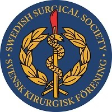






.jpg)
